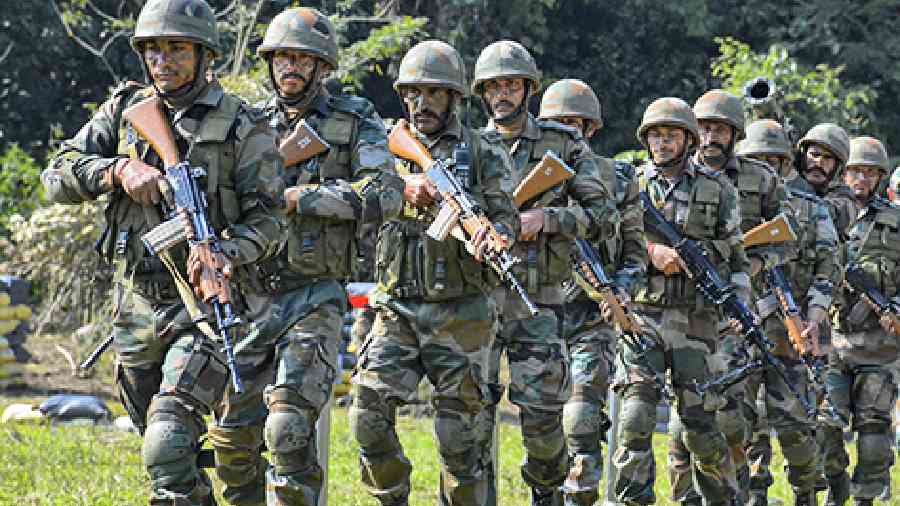The recent clash between Indian and Chinese soldiers in Tawang, Arunachal Pradesh, has highlighted afresh both the security challenges that India faces and the inadequate preparedness of its armed forces to meet them. Recent comments by the former army chief, Manoj Mukund Naravane, have added to a sense that all is not well with India’s state of military planning. India, at the moment, has 17 separate military commands spanning both multiple geographies of focus and the different arms of the security forces. For several years, India has made the consolidation of these fighting forces into tightly knit, joint theatre commands — where the army, navy and air force would function under a single leadership in each combat geography or theatre — a major priority. Mr Naravane suggested in a recent speech that bringing this as yet unfulfilled reform would be like putting the cart before the horse in the absence of a more fundamental document: a national security strategy. India has never had such a military whitepaper outlining its key security priorities, challenges and ambitions. Yet, in recent months, beyond traditional powers like the United States of America, Russia or major European nations, even Pakistan and Japan have unveiled national security strategies.
The advantages of such a strategy include the articulation of a clear set of priorities and how the country views different threat perceptions. Such clarity is helpful not only for better coordination between the political leadership and the armed forces but also for convergence with the broader strategic community — including the defence industry, think-tanks and international partners. With climate change, energy security and cyber threats increasingly becoming major worries, work on a national strategy would force the government to build an integrated approach to the risks the country faces, rather than piecemeal responses to individual crises. Yet, Indian foreign and security policy has often operated from a place of ambiguity, unwilling to clearly define the country’s big regional and global challenges. Will New Delhi ever be willing to give up that approach? Once a security strategy is public, failing to deliver on it could also bring political costs. Still, it is high time that the government implements the broader military reforms it has long promised. That the country’s security bosses — current and retired — cannot make up their minds about carts and horses is concerning. The road to a safe and secure India will need both as well as clarity on the direction they must take.










